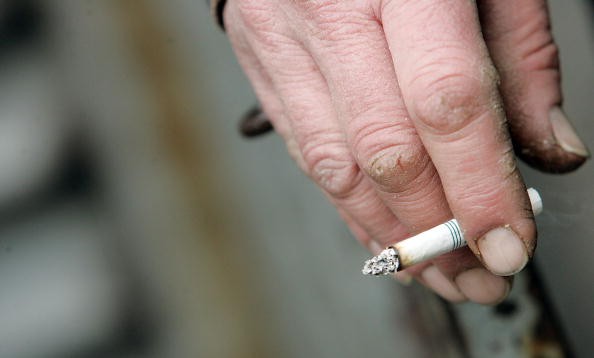
Close to half of teens in middle and high school who do not use tobacco were exposed to secondhand smoke in 2013. They often were breathing in this smoke at home or in cars, according to a new study from the U.S. Centers for Disease Control and Prevention (CDC).
This secondhand exposure is happening in spite of moves to create smoke-free public places and to reduce secondhand smoke exposure in children and teens.
Researchers used data from the 2013 National Youth Tobacco Survey. More than 18,000 students in grades 6 through 12 were asked about where they had been exposed to someone else's tobacco smoke in the previous week. They were also asked to describe any rules against smoking in their family homes and cars.
Most kids said smoking was prohibited at school, at home and in cars. However, almost half of those who had never smoked said they were exposed to smoke from other people. Sixty-five percent of former users said they were exposed to secondhand smoke, and almost 80% of current smokers said they were exposed.
Among those who never used tobacco, 35% said they had inhaled secondhand smoke indoors or in outdoor public places, 27% said at work, 17% said at school and 15% said in a vehicle.
More than 20% of those who said they never smoked reported daily secondhand smoke exposure, most often at home.
Less than 10% of those who said smoking was not allowed at home had been exposed to smoke there, compared to almost 80% of those with no rules about smoking in the home.
There is no safe level of secondhand smoke exposure for children or adults. The only way to fully protect nonsmokers from the health effects of secondhand smoke is to completely ban smoking indoors.
The CDC study was published in the journal Pediatrics.



